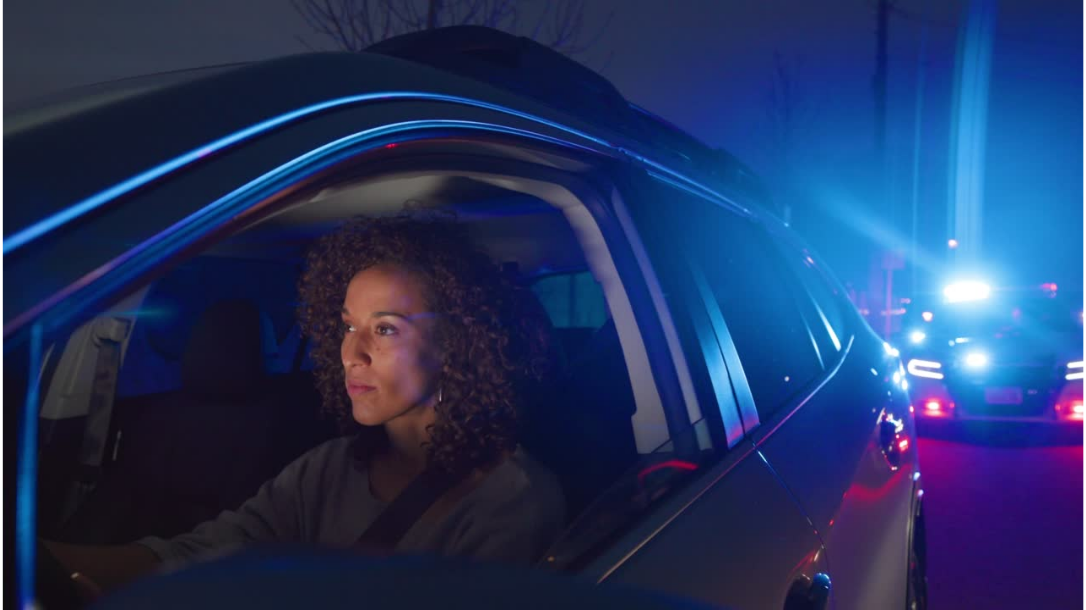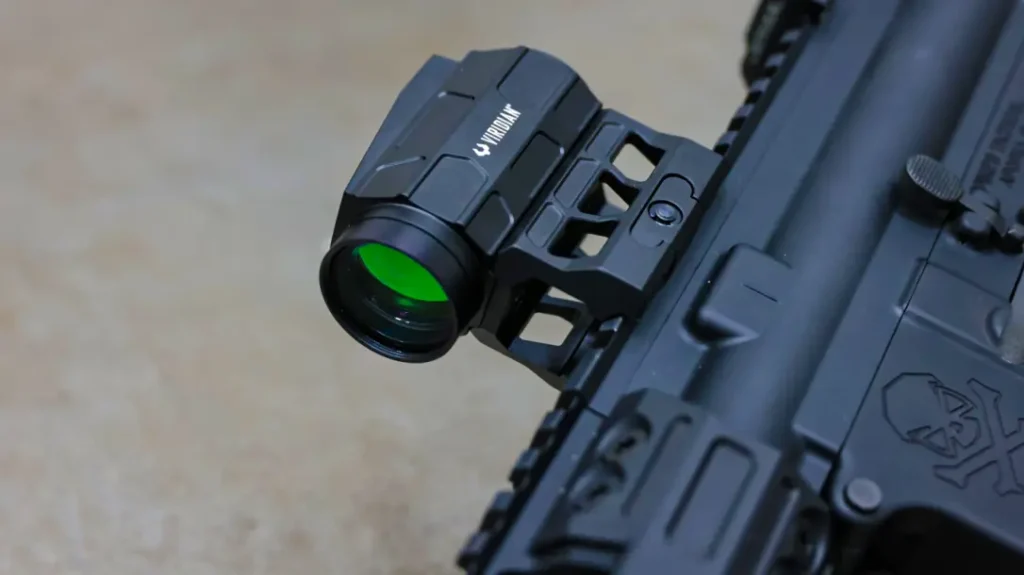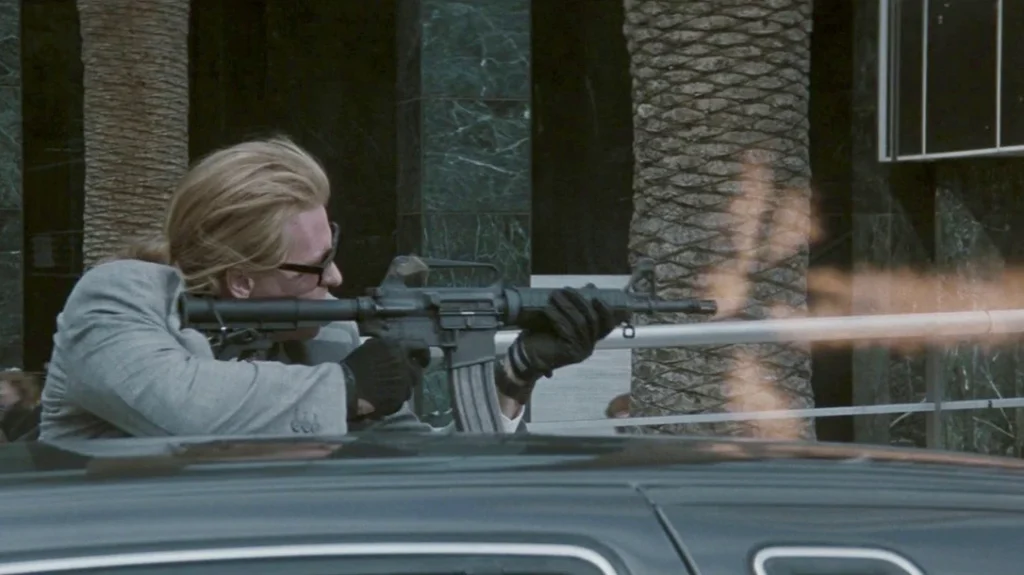Has this ever happened to you? You’ve got your legal concealed carry gun on your person, and the next thing you know, you see flashing blue lights in your rearview mirror. You pull over in a safe place, but as the officer approaches your vehicle, you realize you have no idea what to do next.
Carrying a Concealed Firearm and Traffic Stops
Before we start talking about what you should or shouldn’t do, the first thing to cover is the legal situation. You need to know if your state laws have a duty to inform law enforcement that you’re carrying a gun. There are two types of duty to inform states. In some states it’s mandatory on contact to inform the officer. The second type of duty to inform onlyrequires you to inform the officer if they ask you if you have a firearm in your vehicle. More on that later.
The mandatory duty to inform states are:
Advertisement — Continue Reading Below
- Alaska
- Hawaii
- Nebraska
- Arkansas
- Louisiana
- Michigian
- Ohio
- North Carolina
- South Carolina
- Washington, DC
What if the Officer Asks if You’re Carrying?
In quite a few other states, you’re required by law to inform an officer only if they ask you. We’re not going to list all ofthose states. The reason we’re not listing them is because we’re going to establish a rule of thumb: if the police ask you if you’re carrying, tell them the truth. As a law-abiding gun owner, being honest with the police is going to be the smartest choice to successfully navigate a traffic stop.
Step by Step Through the Traffic Stop With a Concealed Carry
Alright, you’ve been pulled over by a police officer. The first thing that we want to keep in mind is that the majority of line of duty shootings occur around vehicles. That means that a smart cop is going to be on high alert as they approach your vehicle. Since you’ve got a weapon in the vehicle, you want to avoid making the officer more nervous than they likelyalready are.
Step 1: Try to pull over in a well lit area.
If you’re stopped at night, try to make sure you’re somewhere that’s well lit so you can see the officer and they can see you.
Advertisement — Continue Reading Below
Step 2: Once you’re stopped, turn the car off.
Then turn on your dome light (at night), and roll down all the windows (weather permitting). Keep your hands visible on the steering wheel during the officer’s approach to your vehicle.
Step 2a: Some people recommend getting your license and registration out before the officer arrives at your car. There aresome reasons this might be a good idea. However, we’re not big fans of it. It requires you to dig around in your console, pocket, or glove box which could be interpreted as a furtive movement during the approach.
Step 3: Inform the Officer you’re carrying a concealed weapon
There are good and bad ways to do this. A bad way is blurting out “officer I have a gun” as they walk up to the window. That’s how you get guns pulled on you. A good way is to wait for the officer to say why they pulled you over, and then you reply “I understand. Also, I need to inform you that I’m legally carrying a concealed firearm right now. How would you like to proceed?”
Advertisement — Continue Reading Below
This puts the initiative back in the officer’s hands, and gives them the opportunity to give you instructions on what they want you to do next.
Step 4: Tell them Everything You’re Doing with Your Hands
Once you’ve told the officer that you do have a weapon and where it’s located, the traffic stop isn’t over yet. Now it’s on you to be as clear with your movements as possible. If you’re getting your wallet, ask first. “Officer may I get my wallet and documents now? They’re in ______” and give them a clear location. Always be clear and move slowly. When they ask, hand the officer your driver’s license and whatever other paperwork they want. Be prepared to show them a copy of your concealed carry permit, if you’re not in a constitutional carry state.
Step 5: Be Polite, Especially at Minor Traffic Violations
This should probably be step one, but let’s be honest. Lots of people get agitated during traffic stops. If you’re pulled over with a concealed carry weapon on you, just be cool with the cop. Follow the steps listed above, and be polite and courteous. Even if the officer isn’t polite or courteous to you, and in fact especially if they’re not. The time to handle that is later in a courtroom, not on the side of the road.
Advertisement — Continue Reading Below
What if My State Doesn’t Require me to Inform an Officer that I Have a Concealed Carry Gun?
Again, we’ll default back to our advice from earlier. If the police ask if you’re armed, tell the truth. However, if there’s no duty to inform and they don’t ask? It’s up to you. Generally speaking, we wouldn’t want to introduce information that’s not relevant to the traffic stop though.
That being said, if for some reason the cop asks you to exit the vehicle, that means you’re about to get searched. In that case, it’s probably a good idea to tell them about your concealed carry handgun. And any other weapons you may have, like knives, pepper spray, etc.
Your Goal as a Citizen When Stopped with a Concealed Carry
Just like every cop’s goal is to go home at the end of their shift, you should have a goal as well. Goal 1: don’t get shot over a misunderstanding. That’s why our steps recommend being compliant and clear about what you’re doing. Goal 2: don’t get arrested. It would really suck if you got stopped for speeding and ended up in jail for a weapons charge.
Advertisement — Continue Reading Below
So, to sum things up: inform if the law requires you to. Be compliant. Be polite. And don’t make any furtive moves. Hopefully if you do get pulled over while carrying concealed, following these guidelines will mean the worst thing that happens is a speeding ticket.
























